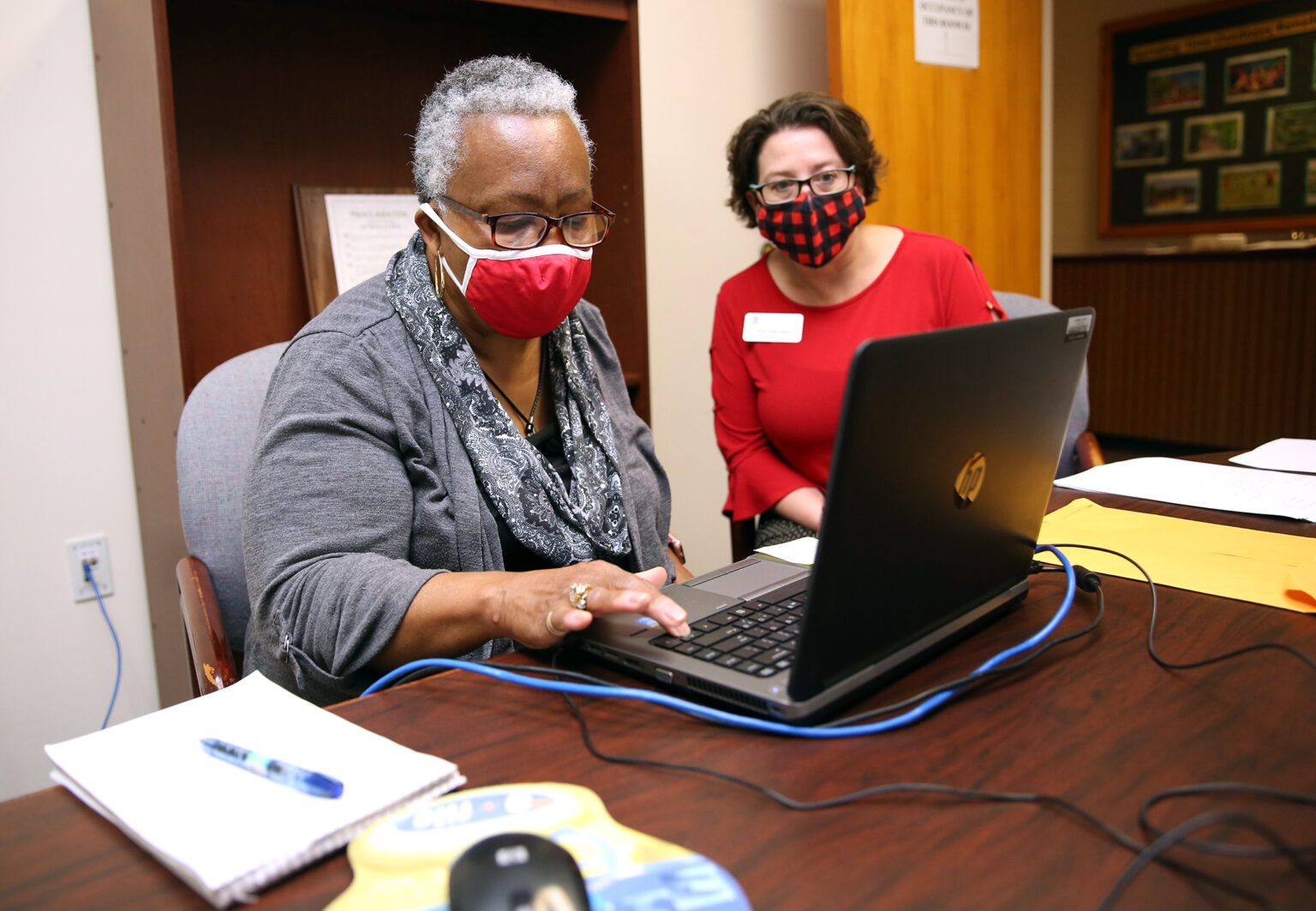Clipping coupons and thrifty shopping are back in style. Reality shows and specialty blogs feature super coupon users who pay pennies on the dollar at the grocery store. Spending an hour or two preparing to shop before you head to the store can help you save money.
Out of all of the categories in your personal spending plan, you have the most control over your food budget. The amount you spend at the grocery store depends entirely upon the choices you make. Here are some tips from University of Georgia Cooperative Extension for saving money when making food purchases.
Make menus, then a shopping list
Plan ahead. Think about the meals you need to prepare between now and the next time you will shop. The more detailed your menu is, the more help it will be when you get to the store. Better yet, use your menu to create your shopping list.
Never go into the grocery store without a list. Shopping without a list makes you much more likely to buy impulse items and other things you may not need. Without a list, you are also more likely to forget something, which means making another trip to the grocery and more impulse buys. Get to know the store you use the most, and list the items you need in order of where they are in the store.
Buy produce in season
Buy fresh fruit and vegetables when they are in season. For example, instead of buying blueberries in winter months and paying for the shipping and import fees, buy them in the summer when they are more likely to be grown nearby. You get a fresher product and hang on to more of your money. The food section in your local newspaper usually features articles and recipes on seasonal items.
Food companies release coupons to increase sales, especially for new products. Use coupons to save money on items you usually buy anyway. Avoid buying items you would not normally purchase just because you have a coupon.
Even with a coupon, brand name products are often more expensive than other options. Consider buying the store brand instead of the national brand. If you compare ingredients, you will often find no difference between store and national brands. As far as taste goes, store brands are often as good and in some instances, even better than national brands.
Use the unit price to compare costs. The unit price is how much the item costs per ounce, pound or other unit. Contrary to what many people think, the largest size is not always the cheapest. You can find the unit price on the shelf sticker.
Paying attention to how you shop at the grocery store can help you get more for your food dollar. Saving a few dollars each trip to the store may seem to be more trouble than it is worth. Those few dollars each week can add up to a lot of money in a year or two.





.jpg)

